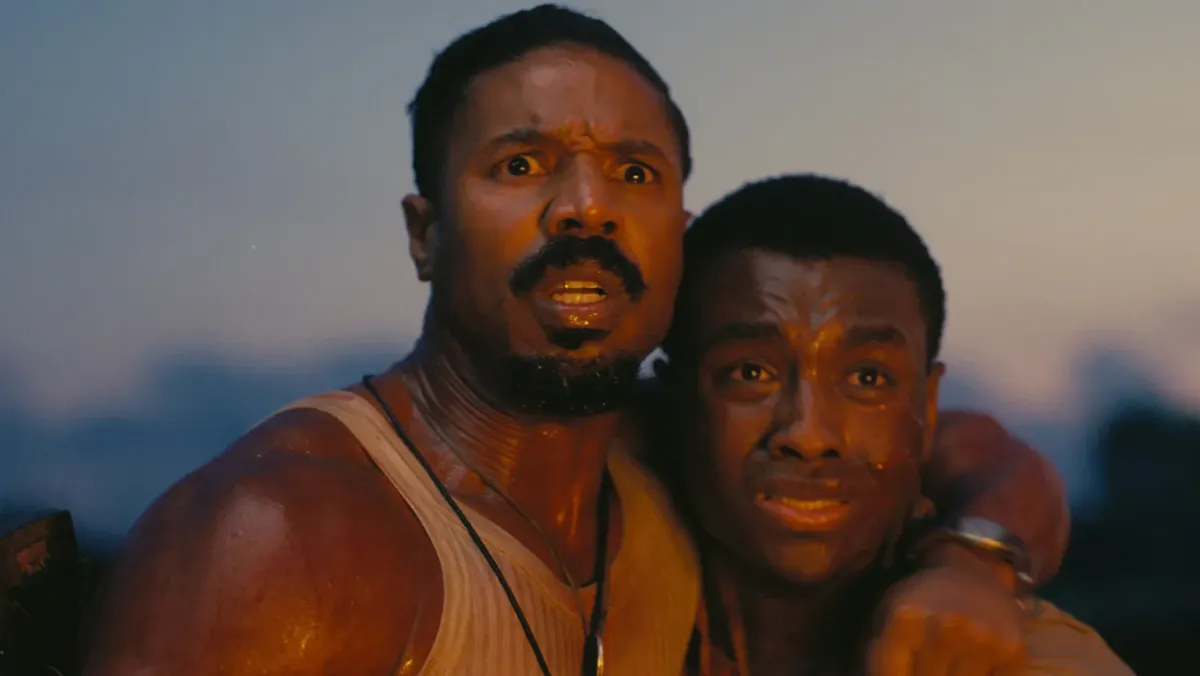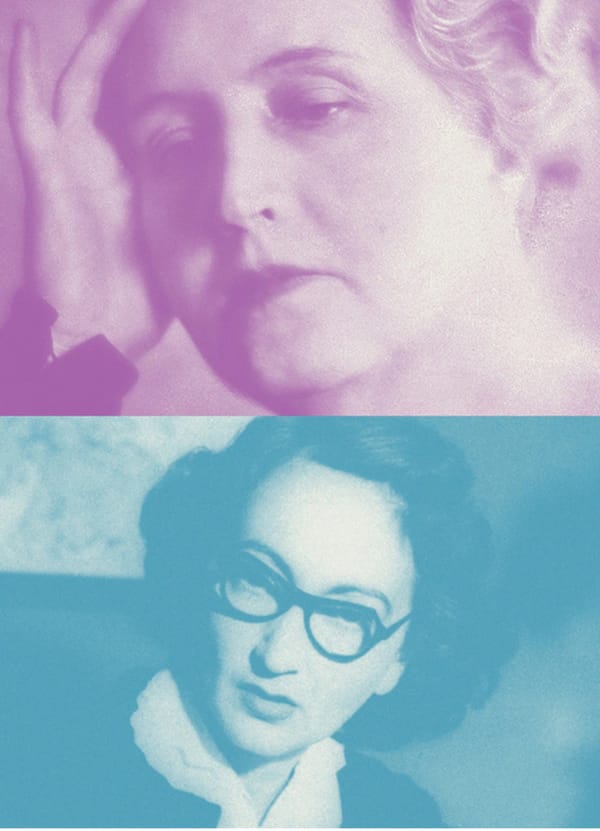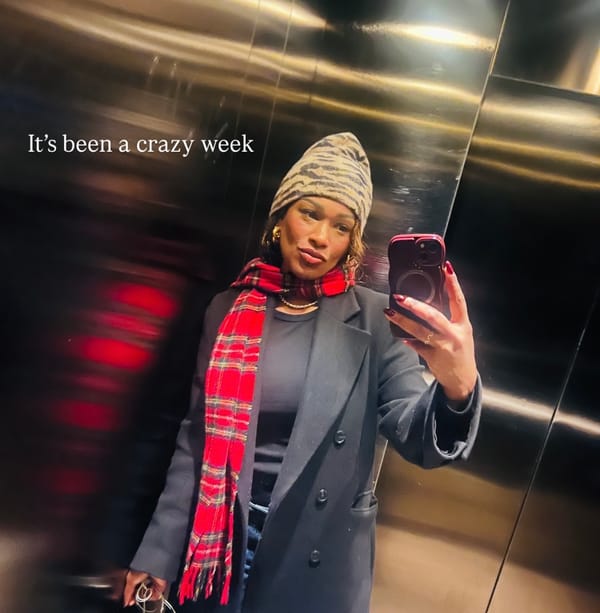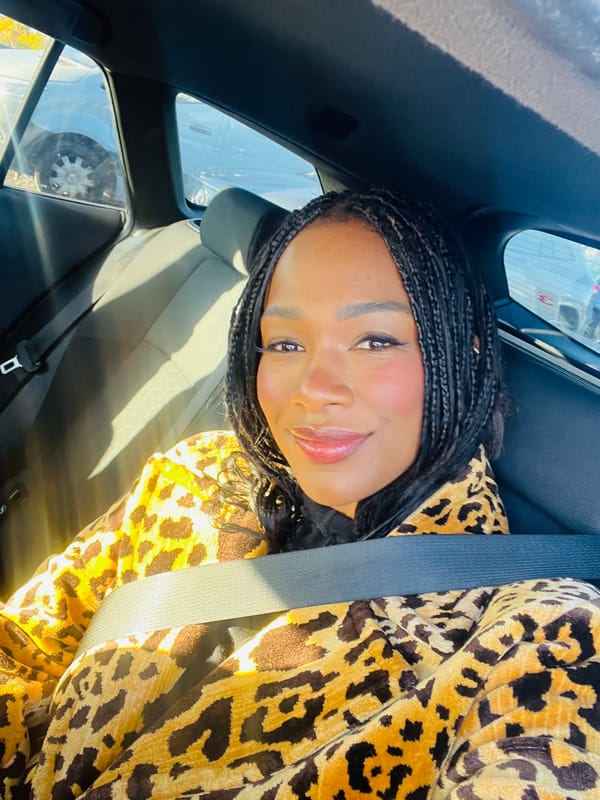12 Things I Noticed About Race, Religion, Class and Capitalism in Sinners
A real masterwork. How many did you spot? SPOILERS BELOW!

Last week, I took my son to see Sinners (2025) at the BFI IMAX — and I cried from the very first frame. The colours. The beauty. The overwhelming hugeness of it all.
I had never seen a movie at the IMAX before, and the scale of it — the size of the images, the vibration of the sound... This intensity of feeling stayed with me until the very last second of the film. Frankly, Sinners is a masterwork.
I’m of the age now where, like an ancient Queen, I long to be truly entertained. I’ve been around the block. I’ve seen it all. I crave new stories, new samples, new remixes — not tired photocopies of what has come before us. Sinners delivers perfectly.
It ushers in a new vibe: Southern Gothic Horror for this generation — tender, furious, haunted, and alive. It made me laugh. It made me cry. It made me feel every emotion in between.
Much of what moved me was how the film explored Race, Class, Capitalism, and Religion. Gender is not so big a deal in this film, though I’ll share what I noticed about the women, too.
I’ve only seen the movie once. I purposefully didn’t watch any interviews, read any reviews, or even see the trailer beforehand. Consider this a first pass of reflections, raw and unfiltered. After I finish writing this, I’ll listen to Ryan Coogler speak, and I’ll label any edits or updates to this accordingly. I’d also love to find the script somewhere. And then, without a doubt — I’ll be rewatching the entire film again and again.
It’s already a future classic.
If you haven’t watched it yet, please bookmark this article for later and go and see it at IMAX. If you’ve just come out of the cinema and feel as desperate to discuss it with someone as I did, then read on and please leave a comment on anything else you noticed that I may have missed out.
Readers, here are the 12 things I noticed in Ryan Coogler's Sinners that got my brain turning…
1. The Blues as a Stand-In for Black Creativity
In 2003, I watched Martin Scorsese’s The Blues documentary — seven-ish hours of TV tracing not just the origin of the blues, but the slow, deliberate theft of it. I watch an unhealthy amount of music documentaries, but this one left a mark on me.
Because the history of the blues is really the history of Black people in America. If you enjoyed Sinners, I highly recommend finding that series. Because once you understand how the blues was born — out of pain, migration, survival, praise, and yearning — you start to see the deeper structure Sinners is tapping into.
The film opens with young Sammie, AKA Preacher Boy, the son of a pastor who harbours a secret love of the blues. There’s a couple of other things I noticed about his storyline but for now all you need to know for now is that Sammie is born with his musical ability - he didn’t sell his soul to the devil for his talent (10) and he hasn’t even really lived long enough to feel the blues so to speak. He just has the gift. And the lead vampire, Remmick, brilliantly played by Jack O’Connell, wants it.
In Sinners, the vampires don’t just want blood. They want the sound, and they want the source. When Remmick says to Sammie “I need your music”, he’s not talking about charts or money. He’s talking about life-force. About the very essence of what it means to create under pressure — to birth art, against all odds.
For me, the blues in Sinners becomes a stand-in for Black creativity as a whole:
- The blues.
- The spirituals.
- The hip hop.
- The dances.
- The rituals.
- The slang.
- The art.
- The fashion
- The hairstyles
- The magic.
The vampires don’t care about survival like the original creators do. They care about the product. They care about the profit.
Just like record labels in the 1920s who stole songs from Black sharecroppers. Just like Hollywood studios who copied Black choreography and put it on white screens. Just like luxury brands today borrowing “urban culture” while locking Black kids out of their stores or having no Black leaders in their teams.
We will return to the blues again but next up, the juke joint...
2 - The Juke Joint as a Symbol of Black Industriousness
If the blues in Sinners represents Black creativity, then the juke joint represents Black commerce.




